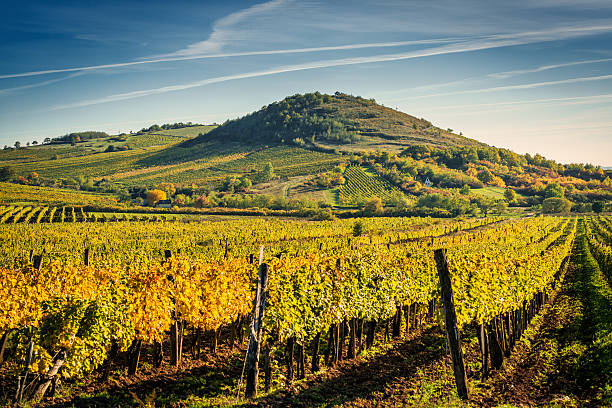Hungary, located in central Europe, has earned its reputation in the wine world primarily through a few notable wine styles. However, it has been a diverse wine-producing nation for centuries. The history of Hungarian wine culture dates back to Roman times and has endured various political, religious, and economic challenges. These include the Islamic rule during the 16th century, when alcohol was prohibited, and the phylloxera epidemic of the late 1800s.

Hungary’s modern wine regions are spread throughout the country. In total, Hungary has 22 official wine regions, each characterized by its unique blend of culture, history, terroir, and winemaking style. For instance, the quantity-driven vineyards in the southern plains are quite different from the lakeside vineyards in the west and the foothills in the north-east.
The eastern side of Hungary is bordered by the Carpathian Mountains, which have a significant impact on the local climate by shielding the region from cold winds that could otherwise sweep in from Poland and western Ukraine. The continental climate is further moderated by Lake Balaton and Lake Neusiedl, resulting in a longer and more temperate growing season.


The most important wine grapes currently cultivated in Hungary’s vineyards consist of a blend of traditional regional varieties and internationally recognized varieties of French origin, which are more familiar and easier to market. The traditional Hungarian white wine varieties include Furmint and Hárslevelű (the white grapes used in Tokaj), as well as Olaszrizling, Leányka, and Kéknyelűkékfra. Their red counterparts include Kadarka, Blaufrankisch (known here as Nagyburgundy and Kékfrankos), Zweigelt, Blauer Portugieser (formerly Kékoportó), and Cirfandli (Zierfandler).